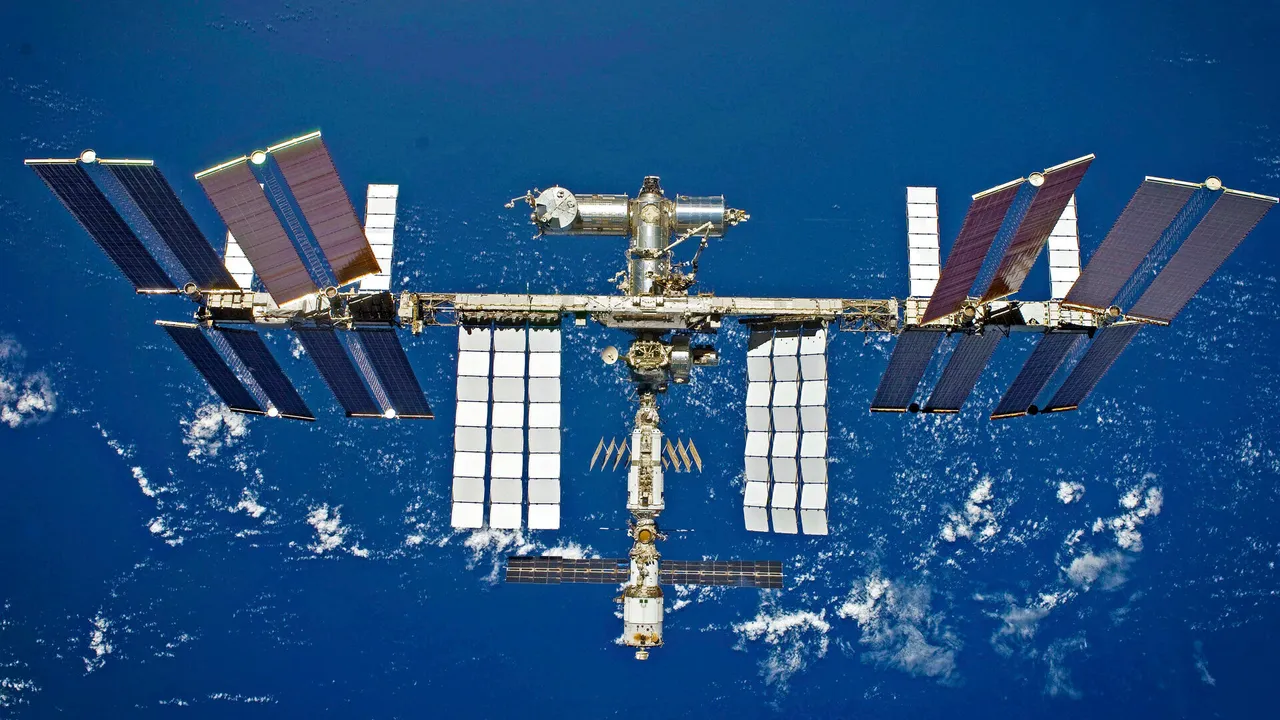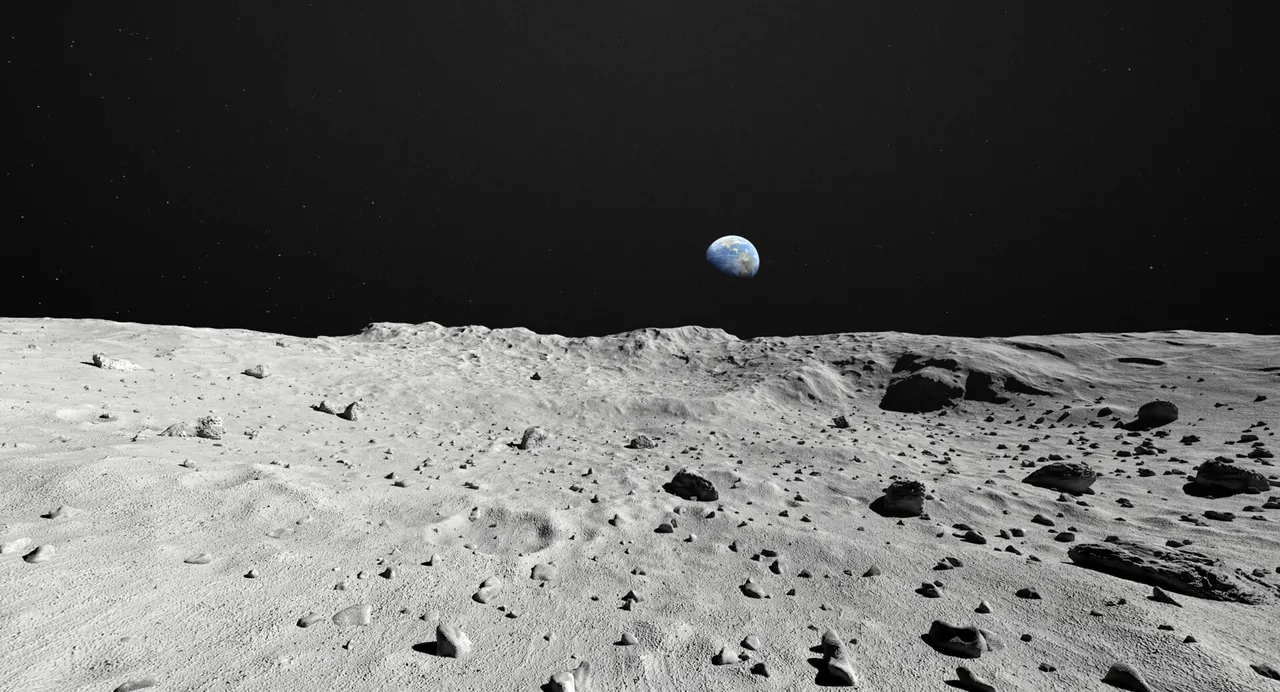
Source
I suppose that my regular readers have already heard about the Artemis project, an ambitious project for the colonization of our natural satellite in which space agencies from several countries and some private companies such as SpaceX participate, as you will understand, it is about something very more complex than a mortal can imagine.
Supongo que mis lectores habituales ya habéis oído hablar del proyecto Artemisa, un ambicioso proyecto de colonización de nuestro satélite natural en el que participan las agencias espaciales de varios países y algunas compañías privadas como es el caso de SpaceX, como comprenderéis se trata de algo mucho más complejo de lo que un mortal puede imaginar.
In fact, this approach just a decade ago was unthinkable because until the end of the nineties, when some hydrogen atoms were detected on the Moon, it was thought that this was a totally dry environment, indeed not even a year ago that the SOFIA mission detected liquid water at the Moon's poles in sufficient quantities to make the project viable.
De hecho este planteamiento hace apenas una década era algo impensable pues hasta finales de los noventa, que se detectaron algunos átomos de hidrógeno en la Luna, se pensaba que esta era un entorno totalmente seco, incluso ni siquiera hace un año que la misión SOFIA detectó agua liquida en los polos de la Luna en cantidades suficientes para hacer viable el proyecto.

Source
Another big problem, apart from the liquefaction and distribution of water, is the lack of construction materials in the lunar soil and the impossibility of transporting them from Earth due to cost problems, which forces us to sharpen our ingenuity, that is why the last mission space station's resupply included a device that could help.
Otro gran problema, aparte de la licuefacción y distribución del agua, es la falta de materiales de construcción en el suelo lunar y la imposibilidad de transportarlos desde la Tierra por problemas de coste lo que nos obliga a agudizar el ingenio, por eso la última misión de reabastecimiento de la estación espacial incluía un dispositivo que podría ayudar.
This is the Redwire Regolith Print (RRP) project that will work in conjunction with an existing printing system called ManD to simulate 3D printing using the material from which the lunar soil is composed, regolith, in order to test its resistance in the extreme conditions of outer space.
Se trata del proyecto Redwire Regolith Print (RRP) que funcionará en conjunto con un sistema de impresión ya existente llamado ManD para simular la impresión 3D utilizando el material del que está compuesto el suelo lunar, el regolito, con el fin de probar su resistencia en las condiciones extremas del espacio exterior.

Source
This will also allow studying the problems of 3D printing in very low gravity environments, if this works and can be printed with lunar regolith and also this printed material resists the inclemencies of the lunar environment, future settlers could print part of the constructions necessary to create a human-friendly habitat.
Esto también permitirá estudiar los problemas de la impresión 3D en entornos de muy baja gravedad, si esto funciona y se puede imprimir con regolito lunar y además este material impreso resiste las inclemencias del entorno Lunar los futuros colonos podrían imprimir parte de las construcciones necesarias para crear un hábitat favorable a los humanos.
If you remember this post , we were talking about a mini-factory capable of producing solar panels by itself using the lunar regolith with which we would partially solve the obtaining of energy, we will need a lot to defrost the water of the poles that is at a temperature of 4ºk (-269ºC), it is certainly a pharaonic project.
There is still time to spend a vacation on the Moon but it is fascinating to think that some day not too far away there will be a new country on a rock outside the Earth
Si recordáis este post, hablábamos de una minifábrica capaz de producir por si sola paneles solares utilizando el regolito lunar con lo que resolveríamos parcialmente la obtención de energía, necesitaremos mucha para descongelar el agua de la polos que está a una temperatura de 4ª k (-269 ºC), ciertamente es un proyecto faraónico.
Aún queda tiempo para poder pasarnos unas vacaciones en la Luna pero es fascinante pensar que algún día no muy lejano exista un nuevo país en una roca fuera de la Tierra
More information/Más información
https://www.engadget.com/nasa-3d-printer-moon-regolith-iss-215332227.html?guccounter=1